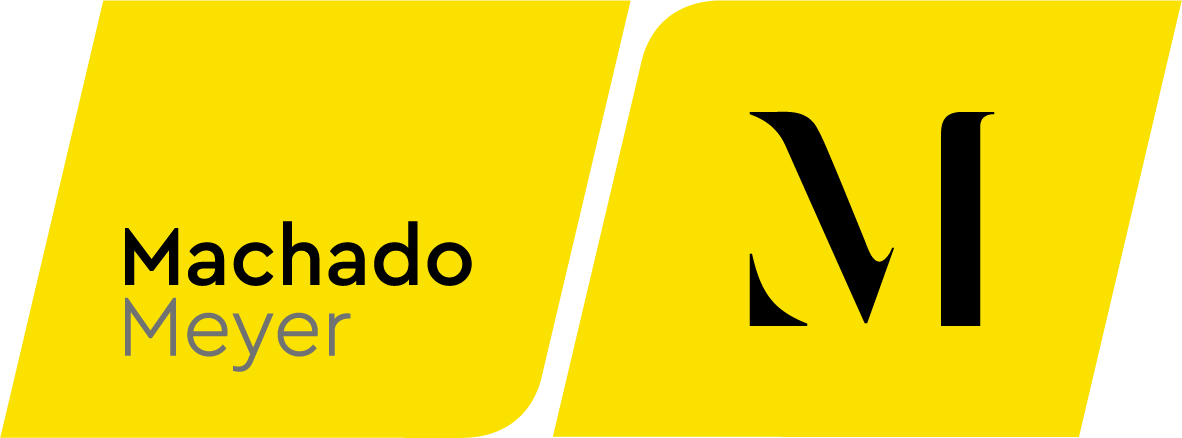On July 18, the Brazilian Federal Revenue Service (RFB) released the Beta version of the Tax Calculator to the public. The tool, developed by the RFB to facilitate the implementation of the Consumption Tax Reform, allows for the standardized calculation of CBS, IBS, and IS.
Initially, access was limited to members of the Pilot Project for Consumption Tax Reform regarding the Contribution on Goods and Services (RTC-CBS Pilot), established by Ordinance 549/25. The tool is now available to everyone, allowing any interested party to use it.
Its function is to interpret transaction data and automatically calculate the taxes due, considering the place of operation, Tax Classification Code (cClassTrib), Tax Situation Code (CST), as well as the Mercosur Common Nomenclature (NCM) for goods and the Brazilian Nomenclature of Services (NBS) for services.
It should be noted that the calculation tool is available in two complementary formats, serving different audiences:
- Online calculation simulator
- - Available to all users.
- - Accessible by computer, cell phone, or tablet, without the need for installation.
- - Allows simulation of real operations and visualization of how taxes will be calculated.
- Component for local use
- - Aimed at software companies and IT professionals.
- - Needs to be downloaded and embedded directly into accounting systems and ERPs.
- - Enables automated calculation within the routines of issuing tax documents.
- - Local execution and API integration.
- - Offers confidentiality and full technical autonomy.
Other relevant aspects of the Tax Calculator include:
- The tool has built-in normative content, meaning all the legal logic related to CBS, IBS, and IS is directly integrated into the calculator. Thus, the rules are applied in a uniform and auditable manner, reducing the need for manual parameterization.
- - The RFB is responsible for keeping the normative content always up to date, ensuring compliance with legislative and regulatory changes, without the need for intervention by taxpayers or developers.
- - The calculator offers a web interface that allows simulation of real consumption operations, without the need for installation.
- - The calculator can be run locally, allowing integration with existing systems, which provides greater flexibility and efficiency in the tax calculation process.
- - The calculator can be downloaded and installed for offline use, allowing direct integration with accounting systems and ERPs through REST API. This functionality allows the calculation to be incorporated into taxpayers' internal routines, ensuring technical autonomy, confidentiality, and compliance with current regulations.
- - The calculations generated by the calculator provide clear justifications, including the legal grounds applied and the calculation chart.
- - The logic used is open, documented, and subject to audit by any person or organization, ensuring full transparency in the process.
The Tax Calculator also provides technical support for the issuance of tax documents through the Issuance Assistant, which offers the following features:
- - Automatic generation of tax groups: Based on the data generated by the calculator, the tool automatically creates the CBS, IBS, and IS tax groups, ready to be inserted into the tax document. This functionality is initially available for Electronic Invoice (NF-e).
- - Validation of the fiscal document structure: Before sending for authorization, the assistant verifies that the layout of the fiscal document complies with the required technical standards. This validation is initially available for NF-e, Electronic Bill of Lading (CT-e), and Simplified CT-e.
The tool also offers international alignment and represents a public innovation, since, in line with the OECD's concept of "natural systems," it incorporates the principles of Tax Administration 3.0, prioritizing automation, cooperation, and assisted compliance. This solution is classified as a public Tax as a Service (TAAS) model, in which the calculation is offered as a functional service with integrated regulatory content.
Finally, in addition to the Tax Calculator, other tools are being tested under the RTC–CBS Pilot. In this context, it is important to note that, on June 27, the list of the first companies selected to join the RTC-CBS Pilot was published. The second phase of the project is scheduled to start on August 4, making it essential for companies to remain attentive to this matter and stay updated on possible opportunities to participate in the project.
Our tax team continues to monitor the developments of the Tax Reform on Consumption and is available to answer questions on the subject.

